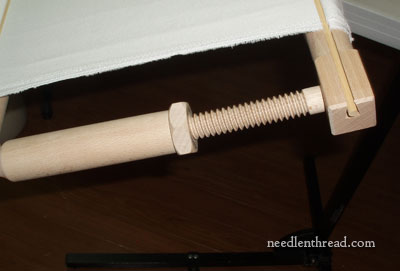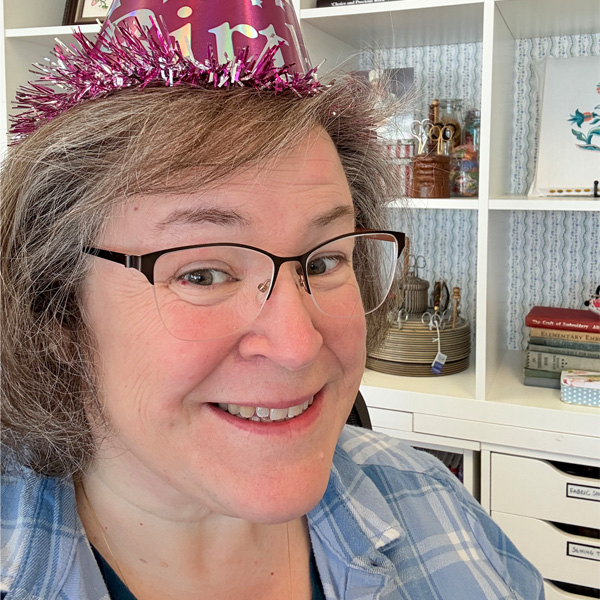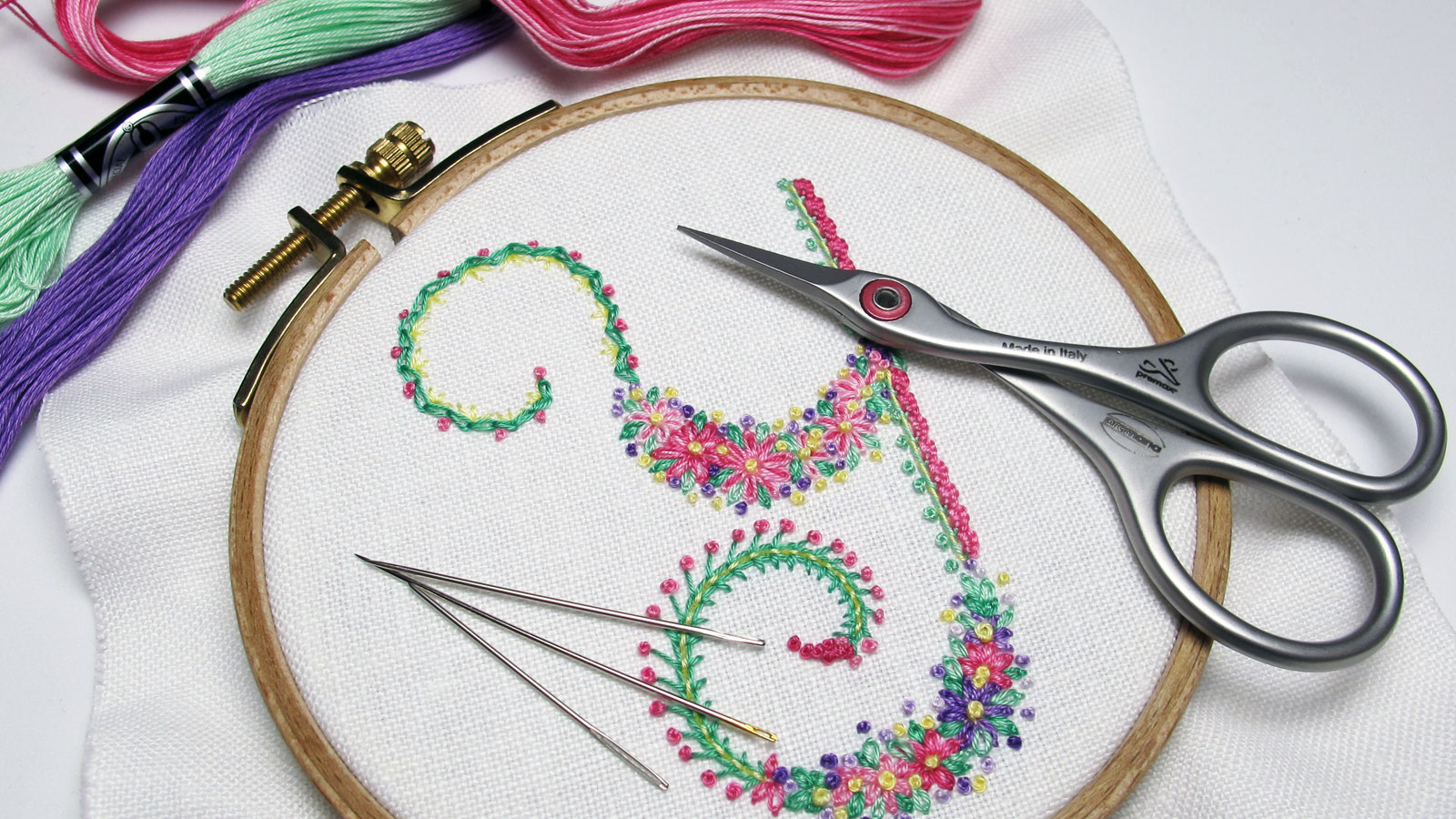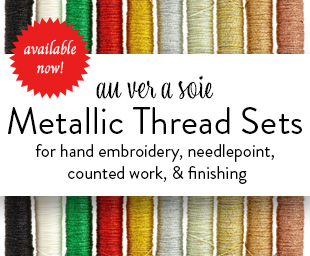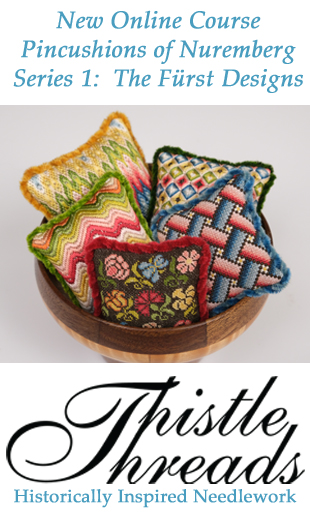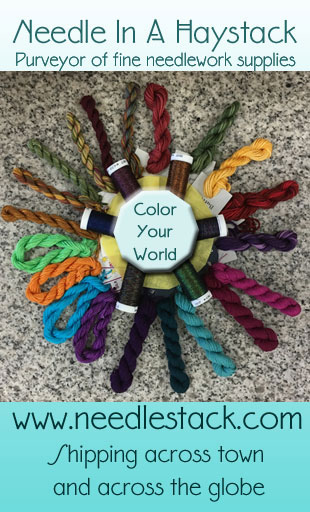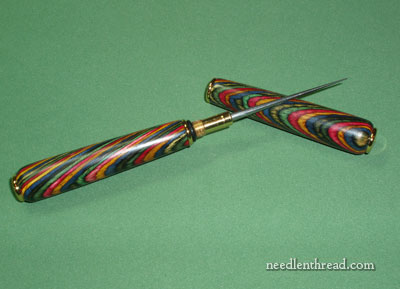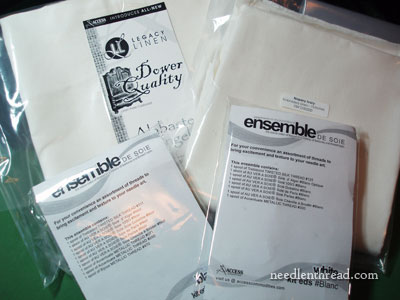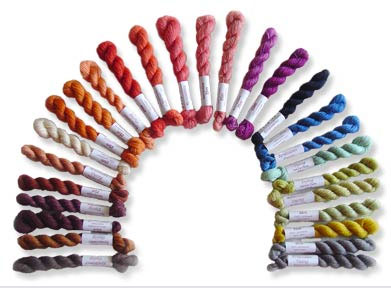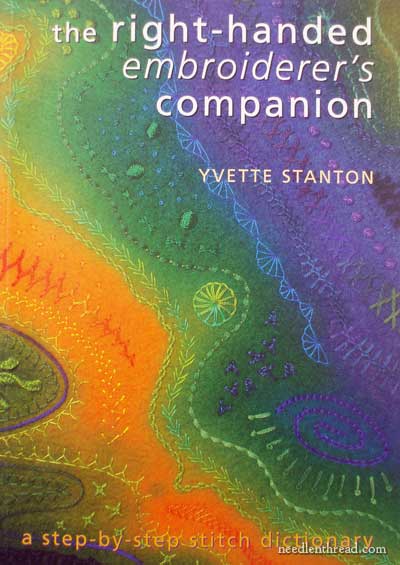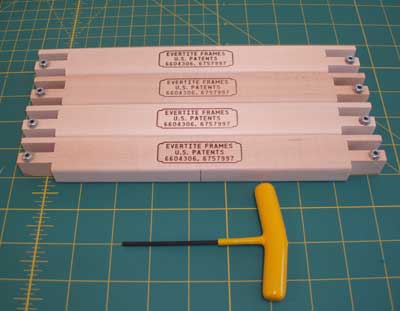January 5, 2012
Eleventh Day of Christmas: Millenium Frame!
I love my new Millenium needlework frames. (That’s a link to my review, if you’re not sure what the Millenium frames are and you’d like to read about them.)
It was one of those love-at-first-try sort of situations. I set up the frame the first time and was completely twitterpated. It was so easy to set up a large project: no tacking, no sewing and lacing up a slate frame. Oh wow. I was really besotted! But I knew that infatuation doesn’t always last, so after working with the frame for a couple weeks (and calming down a bit), I sat back to re-assess my first impressions.
And they didn’t change. The Millenium frame is a magnificent tool!
